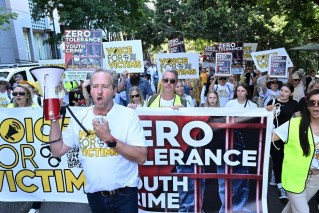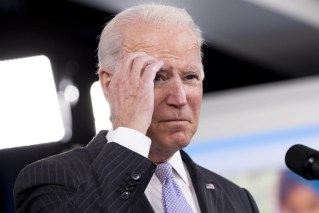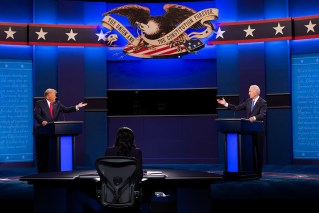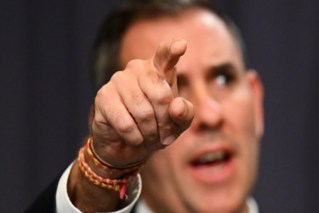Letters to shine a light into the darkest corners of our political history
Some describe it as a constitutional crisis. Others say it was a political crisis. But to what extent was the dismissal of Gough Whitlam in 1975 a royal crisis?
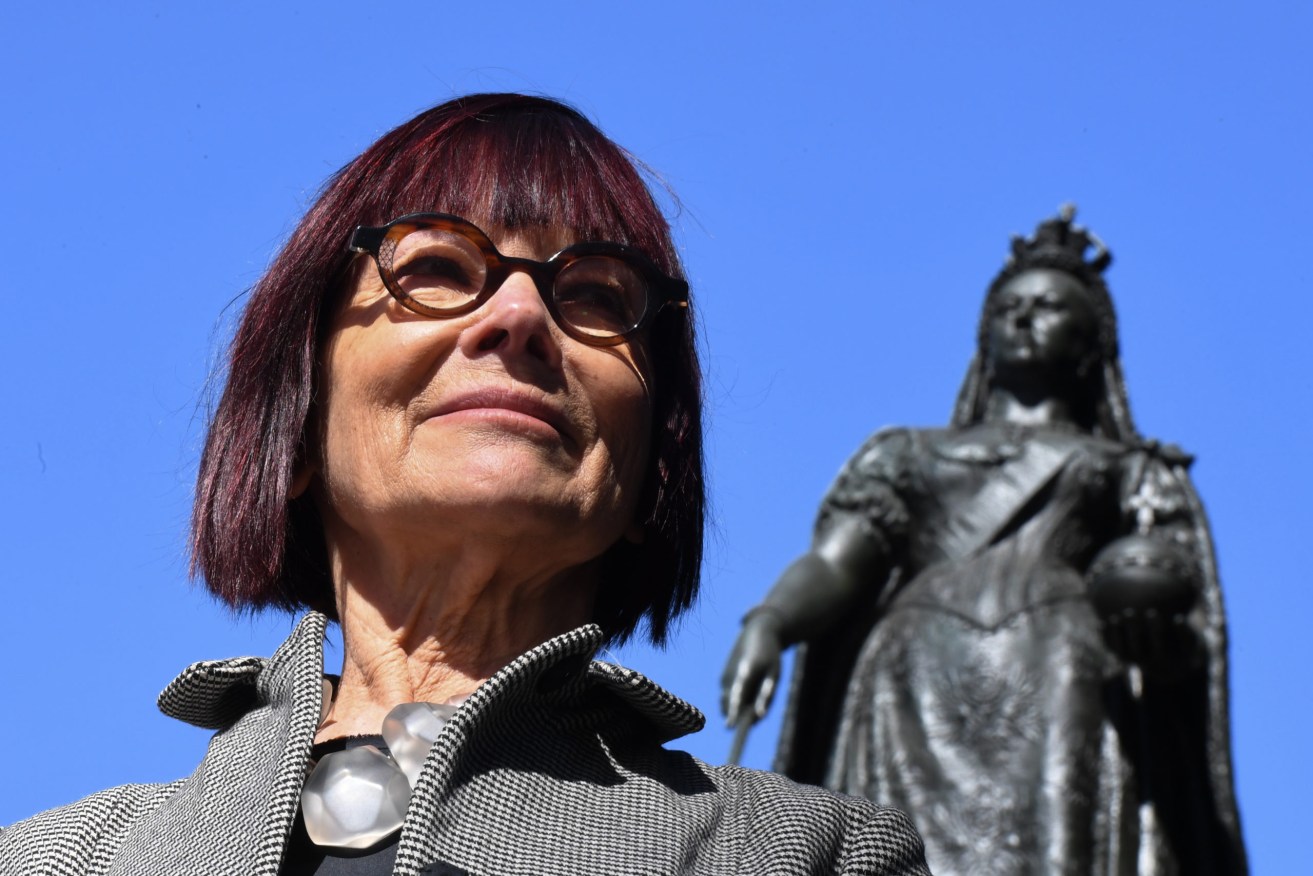
Professor Jenny Hocking poses for a photograph in front of a statue of Queen Victoria at Queen's Square in Sydney, Friday, August 16, 2019. The High Court will hear Jenny Hocking's bid to have dozens of letters between the Queen and Sir John Kerr before Gough Whitlam's dismissal released. (AAP Image/Peter Rae) NO ARCHIVING
It is hoped the online release of 212 letters on Tuesday will shed some light on this third aspect of Sir John Kerr’s controversial sacking of Whitlam’s Labor government on November 11, 1975.
The National Archives of Australia will release correspondence between the former governor-general and Queen Elizabeth II, shedding new light on one of the most tumultuous periods in Australian history.
The period has been thoroughly examined in books and films by academics and journalists as well as the two key players themselves.
But Monash University’s Professor Jenny Hocking successfully launched High Court action to secure the missing piece of the puzzle – secret letters between Kerr and the Queen.
“Their release will answer one of the great unknowns about that tumultuous time – just what the governor-general and the Queen discussed in the months leading up to the dismissal,” she said in a statement ahead of the release.
“With such a staggering number of letters, there is no doubt that they will provide an extraordinary window on to Kerr’s planning, his options, his fears, and his eventual decision to dismiss the government.”
The Australian Republican Movement said the release of the letters should be the norm in a democracy, not the exception.
“The monarchy can continue to exercise this kind of veto on other similar correspondence,” national director Sandy Biar said.
“It’s time Australia had an Australian as our head of state that is accountable to Australians and Australian laws.”
Kerr’s already-released personal papers show he raised political matters with the Queen: the possibility of a double-dissolution election, the crisis in the Senate over supply, and reporting on his meetings and conversations with the prime minister and other political figures.
They also show he raised with both Prince Charles and Sir Martin Charteris, the Queen’s secretary, his concern over his future as governor-general as he considered dismissing the government.
“For Kerr to raise this in any way with Prince Charles and, through Charles, Charteris and the Queen, was utterly improper and for the Palace to engage with Kerr about his tenure as governor-general, much less assuage that concern, equally so,” Hocking saids.
“The appointment or recall of the governor-general is a matter solely for the prime minister to determine and to advise the monarch.”
With the release of more than 1000 pages of letters, there will no doubt be many writers updating their history books and republicans stepping up their calls for a truly Australian head of state.
After a years-long battle for their release, the High Court ruled in May the letters should be made public.
Archives director-general David Fricker said the letters would be released in full after staff examined them to check whether any information should be redacted.
-AAP

